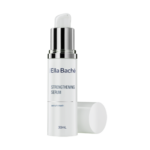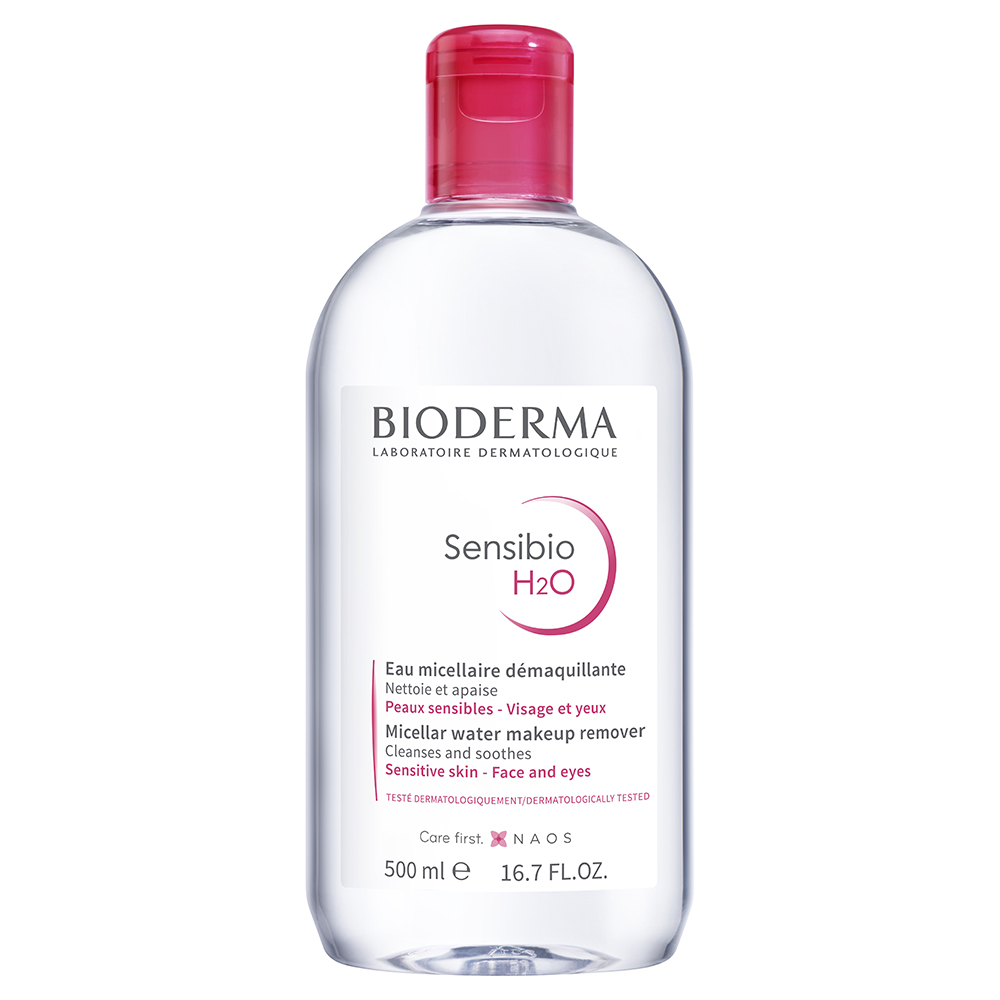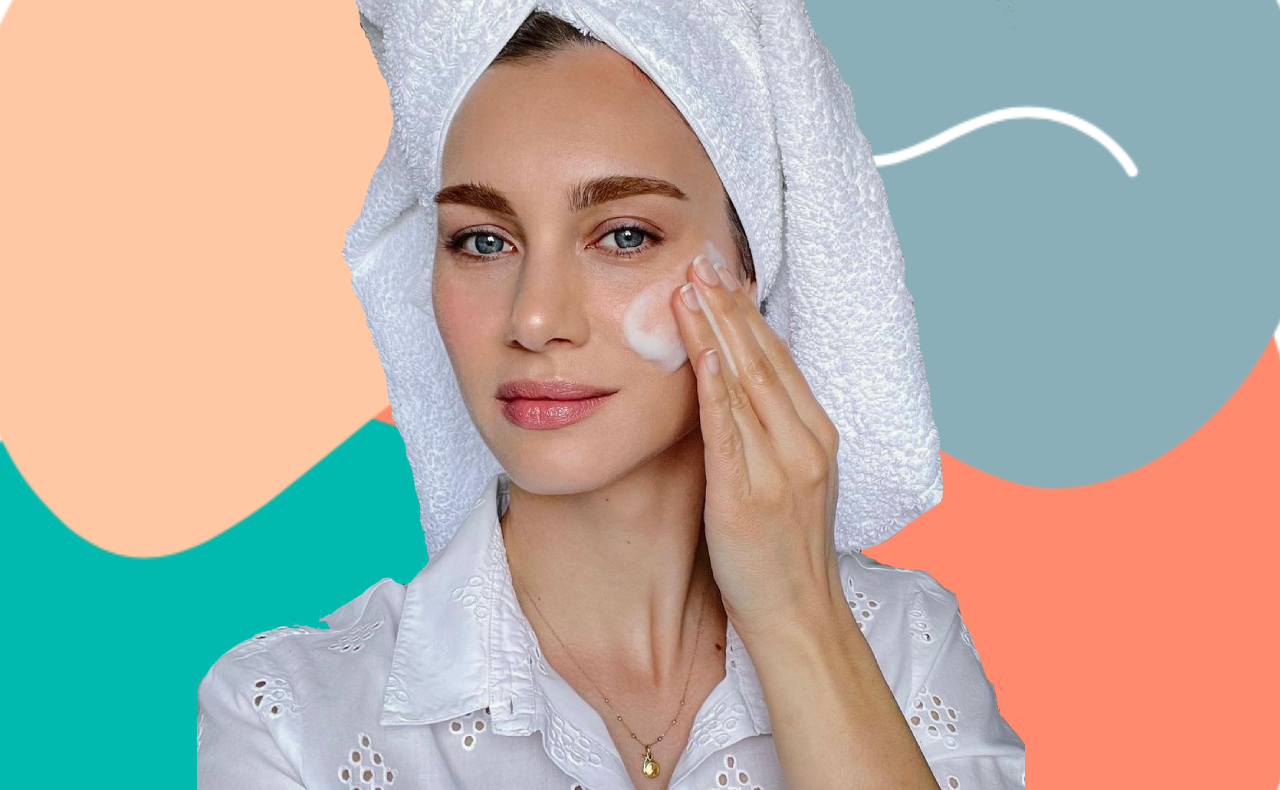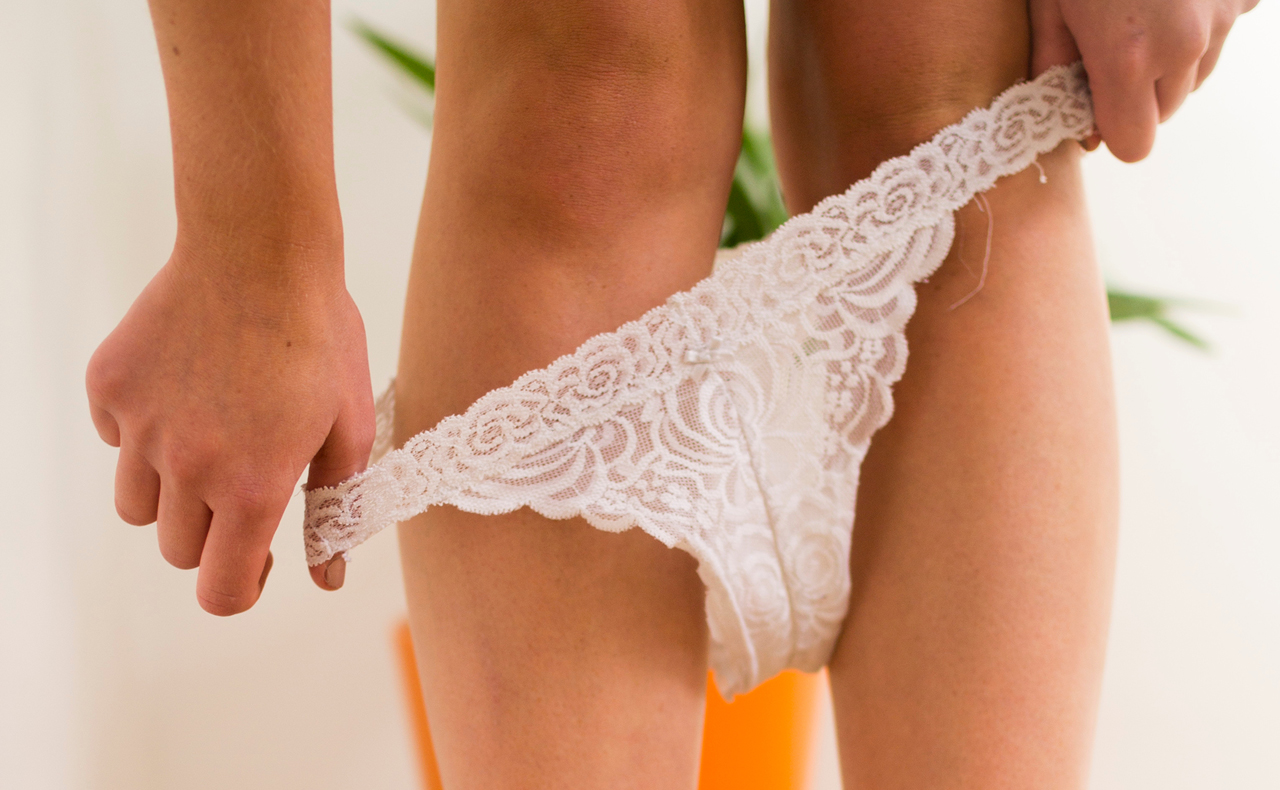Are you suffering from unexplained skin redness? Or maybe you’ve been diagnosed with a skin condition but you’re not sure how to treat it? We hear you.
To help you live a more comfortable and less agitated life, we break down three of the most common skin conditions: redness, rosacea and sensitivity, so you can understand what you’re experiencing and why, as well as how to minimise the symptoms.
COMMON SKIN ISSUE #1: REDNESS
What is it?
Skin redness is a sign of skin sensitivity that often occurs in those who have fragile or reactive skin and, according to Tracey Beeby, Ultraceuticals Head of Global Training, it is often left undiagnosed. “The reason [it is often left undiagnosed] is that it’s usually concealed under make-up or even by hyperpigmentation marks on the skin. If it’s left without treatment the skin condition may worsen over time and treatment can be difficult.” Some experience sporadic flushing of the face as a result of certain triggers, while others can experience permanent redness, which often worsens as they age.
What causes it?
Like most skin issues, there isn’t just one trigger for skin redness. “The causes vary from incorrect product use, so products that are highly perfumed or contain irritating ingredients may damage our skin’s external barrier – the epidermis. Sometimes even overuse of products can irritate the skin and create sensitivity,” explains Tracey. Excessive sun exposure is also a major culprit, and emotional stress such as anxiety, tension, fatigue or annoyance can also cause reddened skin, as a result of dilated blood vessels and increased body temperature. Dehydrating food and beverages (think spices and tea or coffee) can also create skin redness.
How do you treat it?
A consultation by a qualified professional is the first step in treating skin redness, suggests Tracey. “Professional skin care advice is highly recommended, along with a thorough consultation. Everyone’s skin is different, so individual care needs to be given according to their needs.”
When it comes to skin care products, easily reddened skin does not react well to multiple products or strong ingredients. Keep product application to a minimum, and choose products that do not contain any alcohol and are specifically formulated for fragile, reactive, red skin. A lightweight BB or CC cream is great for daytime use, as they even out the complexion while still allowing skin to breathe. Reducing daily stress levels will also help visibly improve the quality of your skin. Daily sunscreen application is imperative, too.
Try: Jurlique Calendula Redness Rescue Restorative Treatment Serum, Garnier Miracle Skin Perfector BB Cream Sensitive, and Cancer Council SPF 50+ Sensitive Sunscreen.
RELATED: Can you really reduce facial redness?
COMMON SKIN ISSUE #2: ROSACEA
What is it?
Rosacea is an inflammatory skin condition that is mostly present in the face. Those suffering from rosacea often experience facial redness in the form of small, red, pus-filled bumps (pustules), which are sometimes mistaken for acne, as well as flushing, sensitive blood vessels that swell and become visible generally around the nose, and persistent red patches that often look like sunburn.
What causes it?
“An accurate cause of rosacea has not yet been found, but there [are] some known factors that contribute to this skin condition: abnormalities in the face’s blood vessels; light skin colour; high count of microscopic mites on the skin; a bacteria in the gut that stimulates blood vessel dilation; and a family history of the condition,” explains Tracey. But it doesn’t stop there. “Other factors such as hot and spicy food and drinks, extreme weather and temperatures, stress, anxiety and anger, alcohol, hot showers and baths, and vigorous exercise can also aggravate rosacea by increasing blood flow to the surface [of the skin].”
How do you treat it?
While there is no known cure for rosacea, you can still relieve the symptoms and limit the causes of the condition. Both topical and oral prescribed medications are available to help reduce inflammation, and laser treatments are effective at shrinking visible blood vessels. Wearing a broad-spectrum sunscreen daily, refraining from rubbing or touching the skin, using gentle facial care products, lowering your stress levels, and avoiding other triggers will also help control the symptoms significantly. Tracey suggests trying topical anti-redness skin care. “To reduce the appearance of the redness associated with rosacea, gentle ‘anti-red’ ingredients may be effective. These ingredients include niacinamide, ethyl-ascorbate and barrier repair ingredients such as bio-mimetic skin barrier ingredients,” she says.
Try: Ultraceuticals Ultra Red-Action Moisturiser, Ella Baché Serum Marin, Sukin Sensitive Facial Moisturiser, and SunSense Sensitive SPF 50+.
RELATED: How to improve the condition of your skin
COMMON SKIN ISSUE #3: SENSITIVITY
What is it?
According to Arnaud Husser, Managing Director Australia at Cosmetiques de France, sensitive skin can be defined as skin that is more reactive compared to normal skin. It has a natural tendency towards suffering from dryness because the skin is fine and delicate, and common symptoms include redness, prickling, tightening, itching and other uncomfortable sensations.
What causes it?
Sensitive skin is often agitated by different sources, some of which are hard to control. Causes can be external (read: hot and cold weather, harsh wind, pollution and water) says Arnaud, but they can also be internal triggers such stress, hormones, diet, spicy food and alcohol. Fragrance, pollens and ingredients found in common cosmetics and household products can also aggravate sensitive skin.
How do you treat it?
Always use products that are fragrance-free and soap-free, and avoid showering too often, as the water will strip the skin of its natural moisture and leave it more susceptible to irritation. Look for skin care products that contain soothing ingredients such as aloe vera, calendula, feverfew, oatmeal, soy, green tea, and cucumber extract, as these will help calm and nourish the skin. If you have a sudden breakout of redness or irritation, use a thermal water spray to help alleviate any uncomfortable sensations.
Try: BIODERMA Sensibio H20, Aveeno Skin Relief Moisturising Lotion and Avène Thermal Spring Water.
RELATED: How to treat sensitive skin
Do you suffer from any of these common skin issues? What are your tips for controlling their symptoms?











informative article